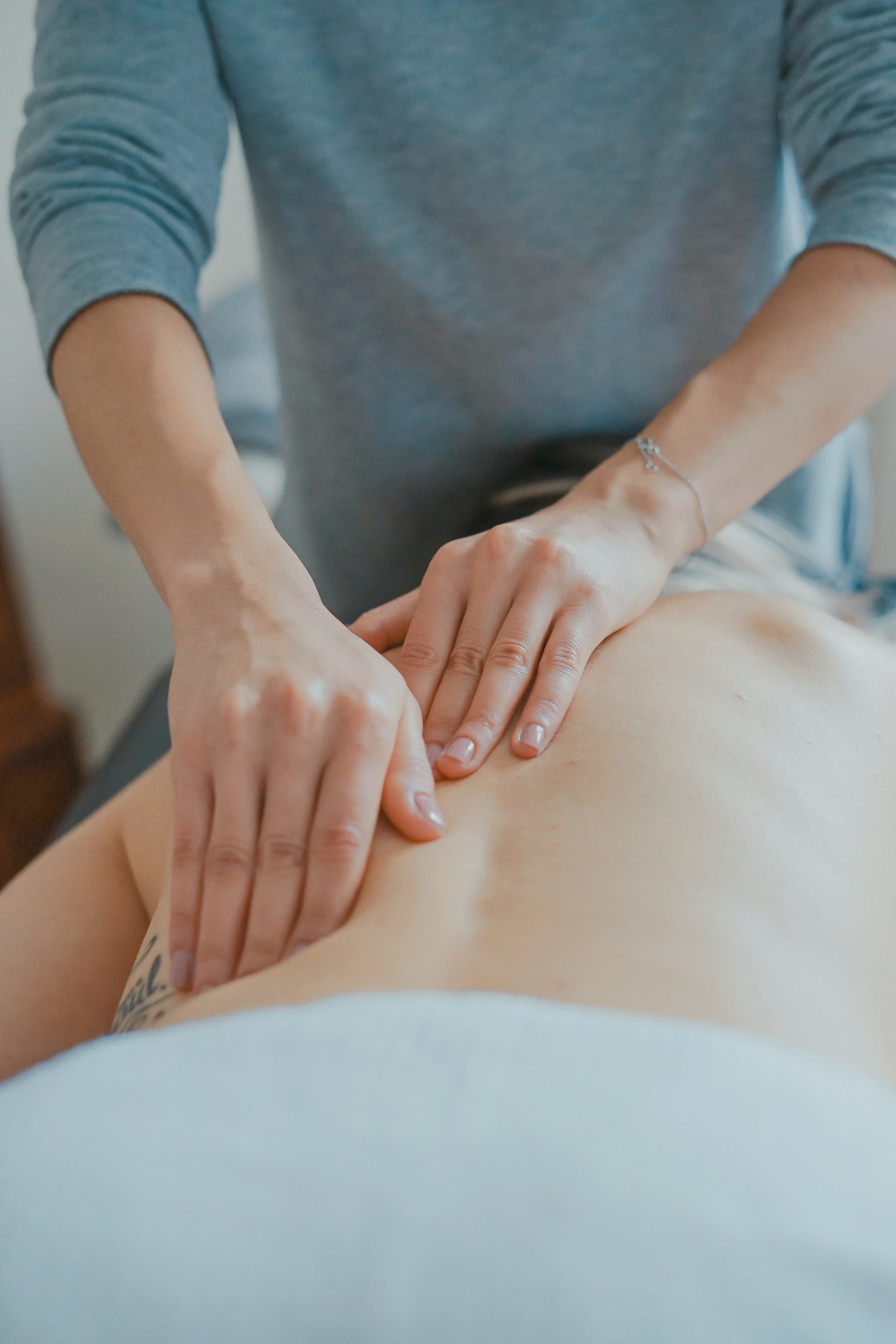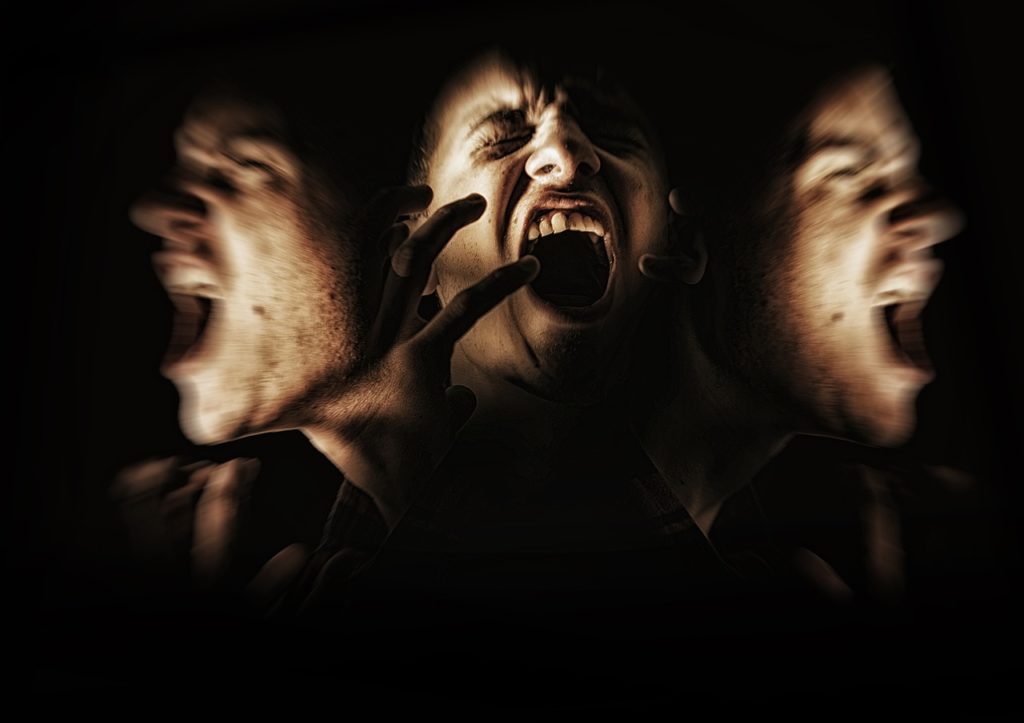An osteopath is a specialist in bone and muscle manipulations, as a gentle therapy that appeared in the 19th century, thanks to the American doctor Andrew Taylor Still. According to him, the well-being of the human body is based on the stability and proper functioning of its musculoskeletal system, including the skeleton, muscles, joints, tendons, and nerves. When one part of the body has a functional disorder, it spreads to other parts through the body tissues. But can anyone with a functional disorder see an osteopath? Who is osteopathy for? Find out the answers in this article.
Infants

In general, consulting an osteopath is strongly recommended following a delicate birth, such as premature birth or instrumental birth (by use of forceps or forceps). In the first case, the infant’s skull may not develop normally. In the second case, the infant is at risk for the positional cranial deformity (flat or asymmetric head) or torticollis.
During the consultation, the osteopath asks the parents about the circumstances of the birth. Then, the osteopath visually diagnoses the shape of the cranial vault and performs a palpatory examination to determine the appropriate technique for the infant. Finally, he proceeds with the treatment by focusing on several areas, namely: the skull mainly, the head, the spine, etc.
The osteopath can also be consulted in case of sleep disorders. It allows for soothing and rebalancing the regeneration of the body so that it has an excellent circadian rhythm (the cyclic biological rhythm of 24 hours).
Children
Consulting an osteopath is a solution for young children (after 15 months) with walking problems. No matter what the cause of the problem (hip dysplasia, foot deformity, plagiocephaly, etc.), the osteopath can strengthen your child’s muscle tone, help him/her adopt the right reflexes and postures, stimulate the mobility of his/her limbs and joints, etc.
The osteopath can also intervene, on a preventive and curative basis, in the growth disorders of a child. A specific diagnosis allows for knowing the causes of these disorders, such as juvenile arthritis, hormonal disorders, or renal insufficiency. It is advisable to consult a doctor as soon as an irregular growth curve appears.
Pregnant people
Osteopathy can relieve the aches and pains of pregnancy by adapting the body and posture of the woman to her pregnancy, and this from the first trimester. Indeed, the osteopath regulates her neuro-vegetative system to stop or reduce nausea and vomiting.
It helps prepare the mother-to-be and avoid complications during childbirth because, during the second trimester, it helps restore her pelvis and abdomen. It reduces pain and gastroesophageal reflux during the last trimester and avoids carpal tunnel syndrome. Even after childbirth, osteopathy is still recommended for quick and efficient body restoration and posture restoration.
Sportspeople
On the one hand, osteopathy improves the performance of sportsmen and women, as it helps them to recover quickly, stimulates the muscles, and improves the respiratory capacity and flexibility of the joints. On the other hand, in the event of an accident resulting from the practice of sports, it corrects traumas, sprains, and loss of mobility at all levels (joints, ligaments, tendons, viscera, and muscles); and soothes pain.
Adults
Osteopathy for adults has many benefits. It aims to bring order to the different systems and to treat different infections. For the nervous and vascular systems, it treats migraines, neuralgia, sleep disorders, stress, anxiety, and fatigue. At the visceral and digestive systems level, it restores constipation, diarrhea, bloating, painful menstruation, functional sterility, cystitis, chronic bronchitis, ear infections, asthma, hemorrhoids, etc.
The elderly

With the evolution of time, which weakens the quality of life of the elderly, osteopathy preserves their autonomy in the long term. In concrete terms, as with adults, it reduces all kinds of discomfort by stimulating joint and muscle mobility, relieving muscular tension, and stabilizing blood circulation. In short, anyone can use an osteopath. However, for effective results, you should seek out a licensed osteopath.
Sound off in the comments section below, and tell us what you want to read next and if you want to read more about osteopathy.


